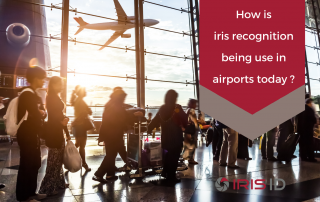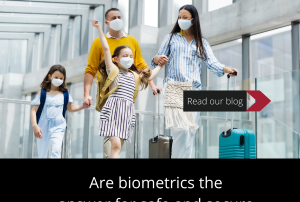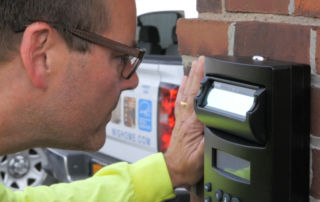Airports are already using biometrics
Part 3 by Mohammed Murad Biometrics technologies provide various choices, typically divided into behavioral or physiological categories. Behavioral biometrics might measure how a person walks, talks, signs a signature or types on a keyboard. More commonly used physiological measurements include scans of a person’s fingerprints, facial structure and iris, the colored ring around the pupil.










